Reportar esta entrada
Más sobre la misma comunidad-colección
POlish-American Society for Women's Day 2018
On March 8th, 2018, the Polish American Society of El Paso held ...
Pioneer Plaza, El Paso, Texas circa 1915
Photo of Pioneer Plaza, shot looking down from a rooftop. ...
El Paso Residence - El Paso, Texas
Unidentified residence on Fort Boulevard Street. The residence ...
Swift and Company Building - El Paso, Texas circa 1905
The Swift and Company located at 217-219 S. Kansas, J.S. ...
Toltec Club Building, El Paso, TX, crica 1909
The "new" Toltec Club building located at 602 Magoffin Ave. The ...
El Paso High School - El Paso, Texas
A group of individuals, perhaps staff, standing in front of the ...
The El Paso Bakery - El Paso, Texas
The El Paso Bakery located at 409 N. Oregon,George W. Roberts, ...
Calle del Commercio - Ciudad Juarez, Mexico
"Calle del Commercio," The main business street in Ciudad ...
Taft/Diaz Meeting - Ciudad Juarez, Mexico
The back of the photograph reads, El Paso, Taft-Diaz meeting. ...
Taft/Diaz Meeting - Ciudad Juarez, Mexico
The Custom House in Ciudad Juarez, Mexico decorated for the ...
President William H. Taft - El Paso, Texas
The back of the photograph reads, El Paso, Taft-Diaz meeting. ...
Masonic Hospital - El Paso, Texas
El Paso Masonic Hospital. H.T. Ponsford president, E.W. Kayser ...
Bobcat "Horchata" at Hueco Tanks
As we wrap up our back country scouting around 5 pm, we spotted ...
El Paso High Centennial Commemoration Tiles
The second installation of El Paso High Centennial Commemoration ...
Centro de Desarrollo Infantil Mesita en Vilas
Mesita Elementary and Mesita Early Childhood Development Center ...
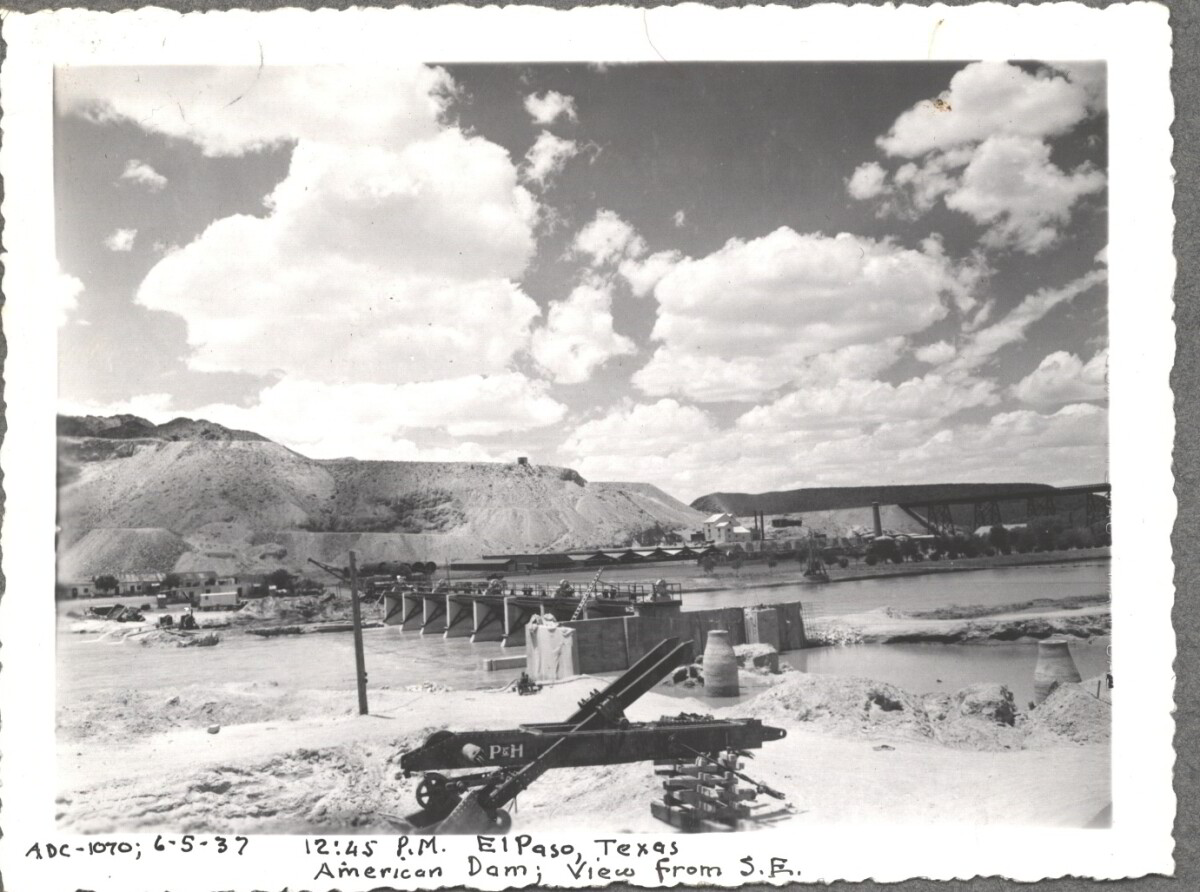
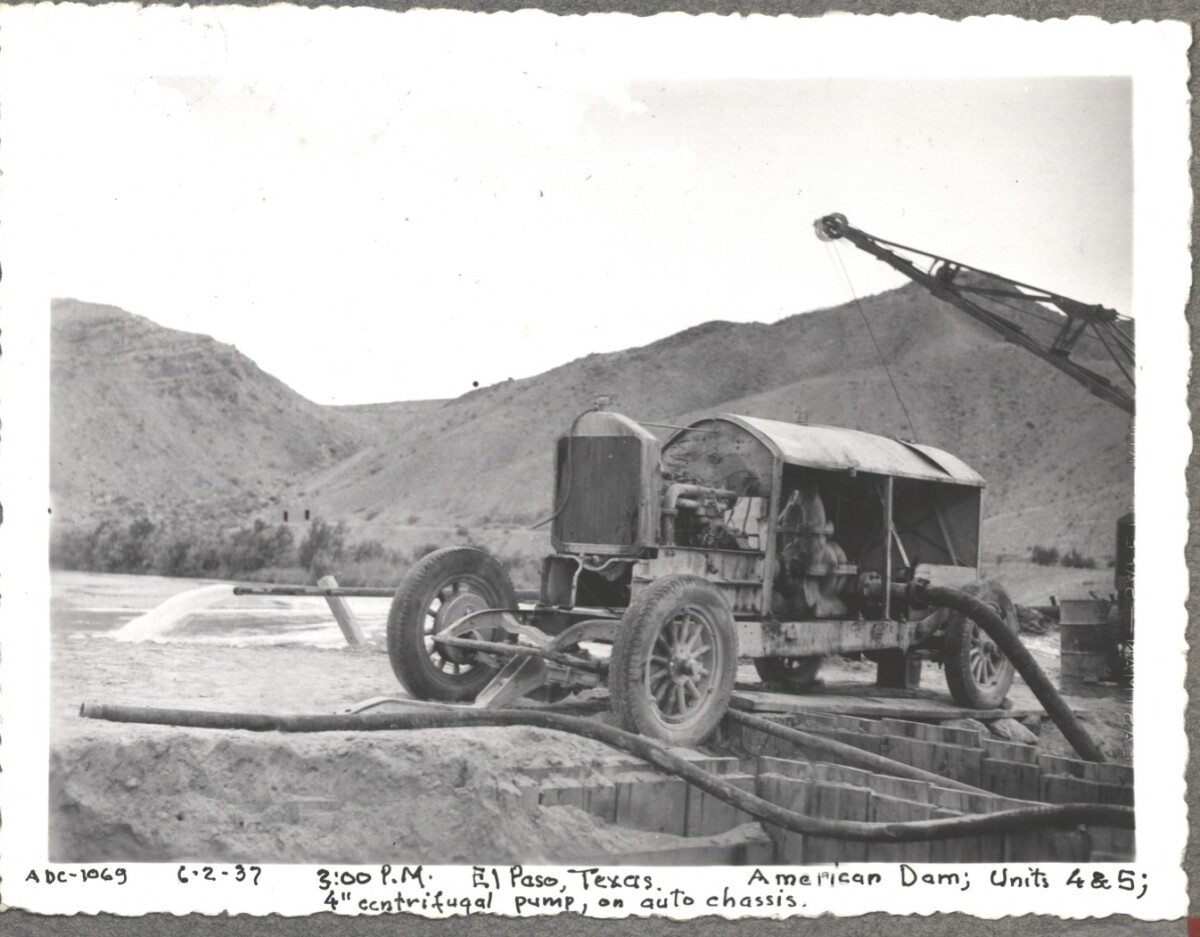

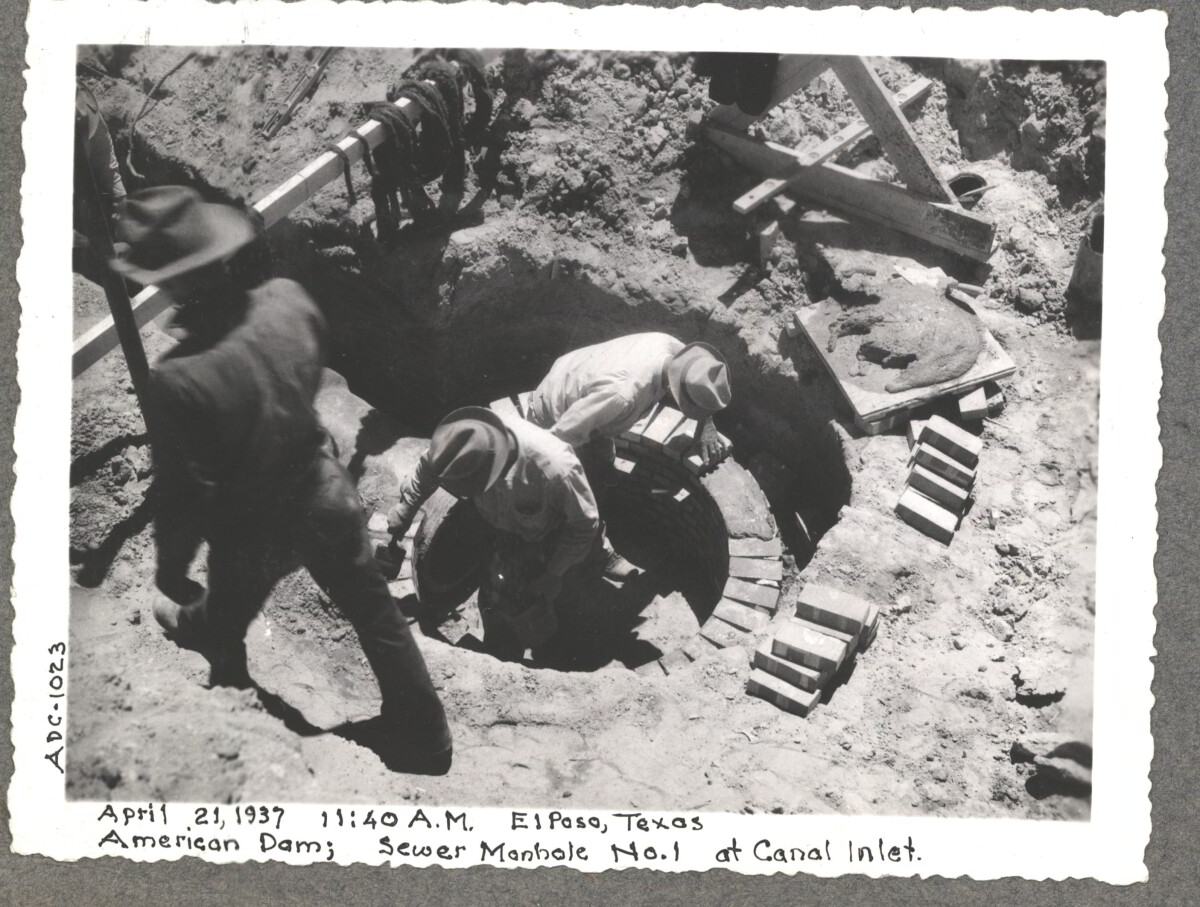
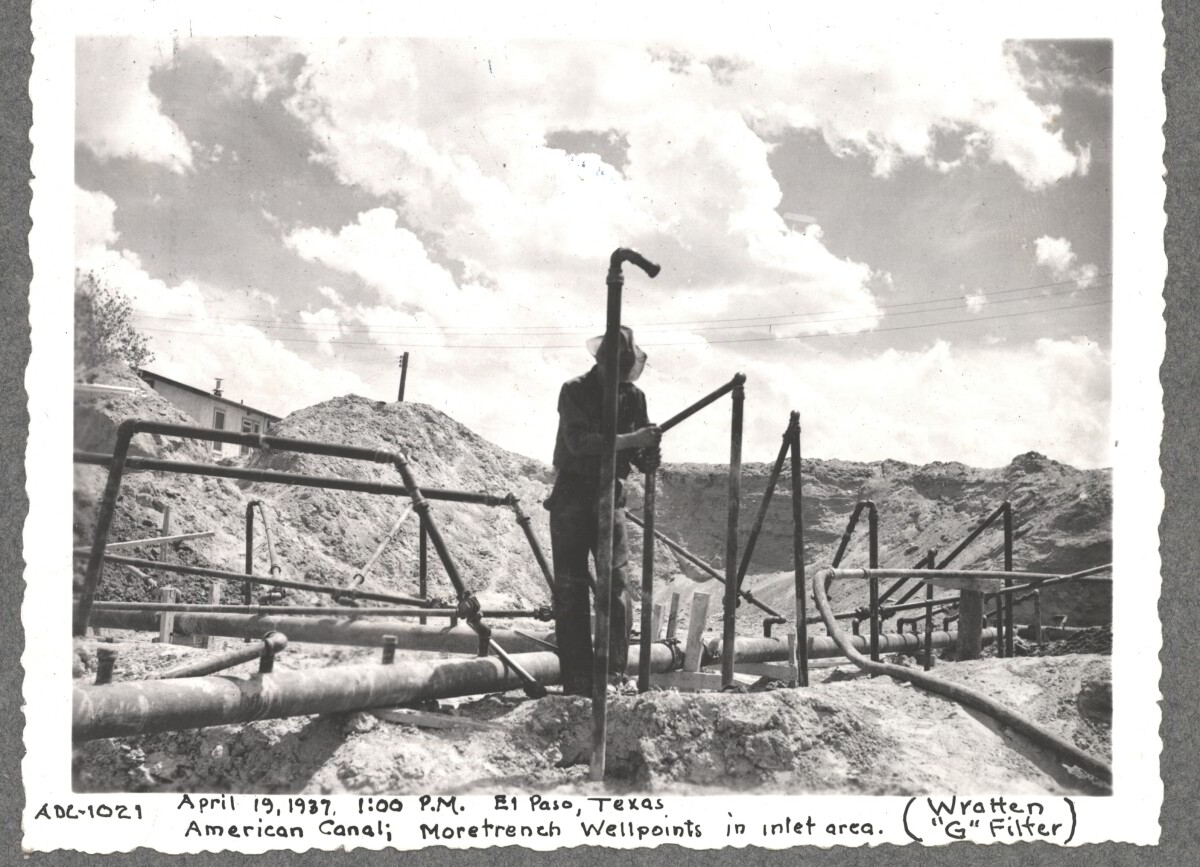
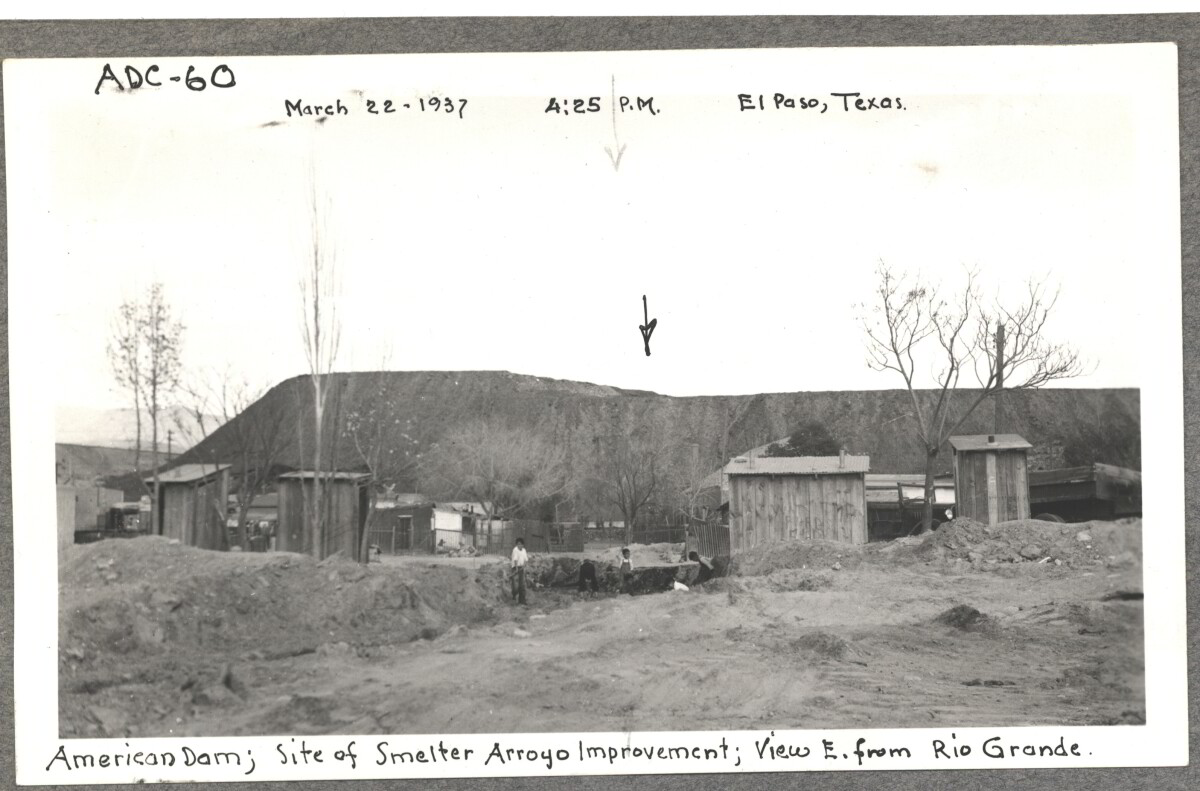
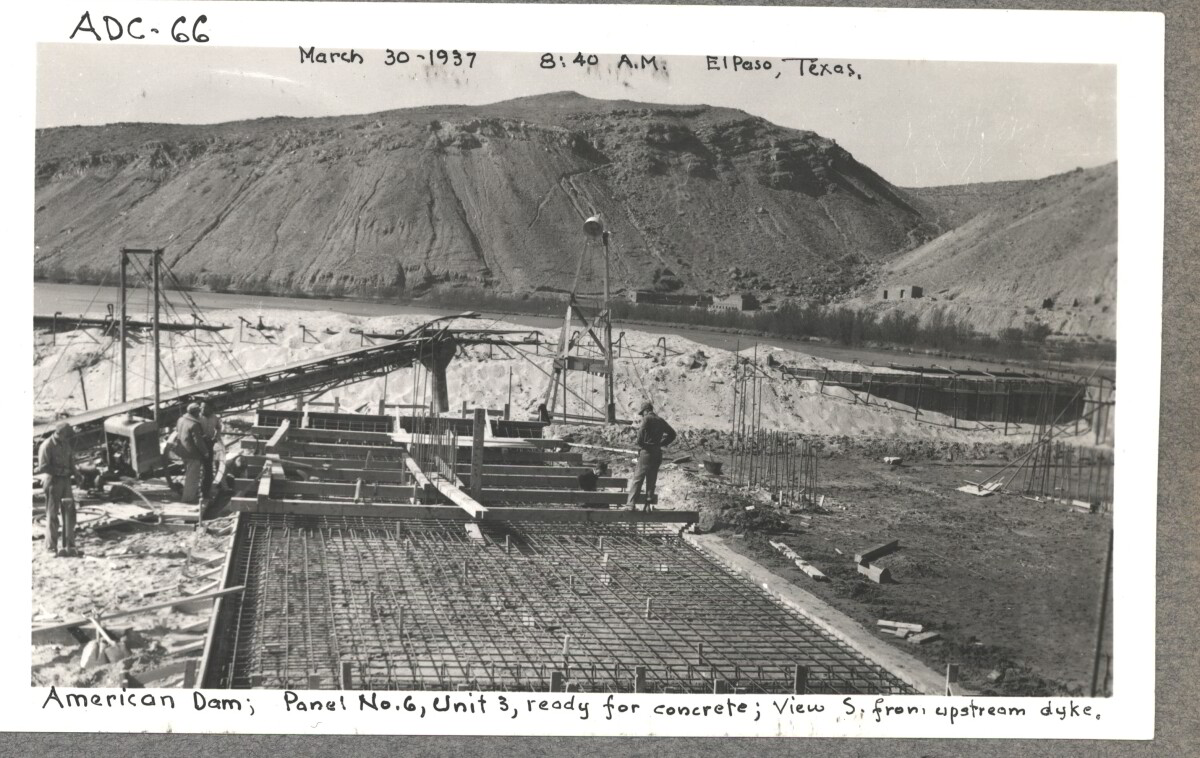
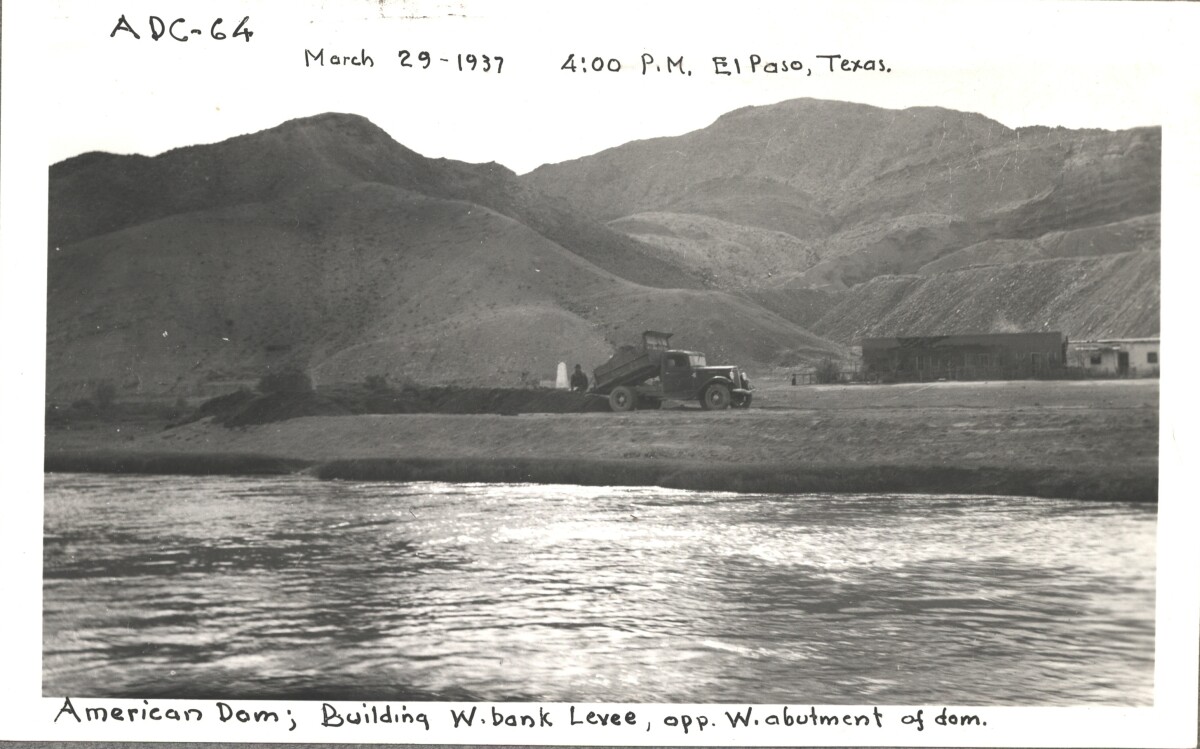
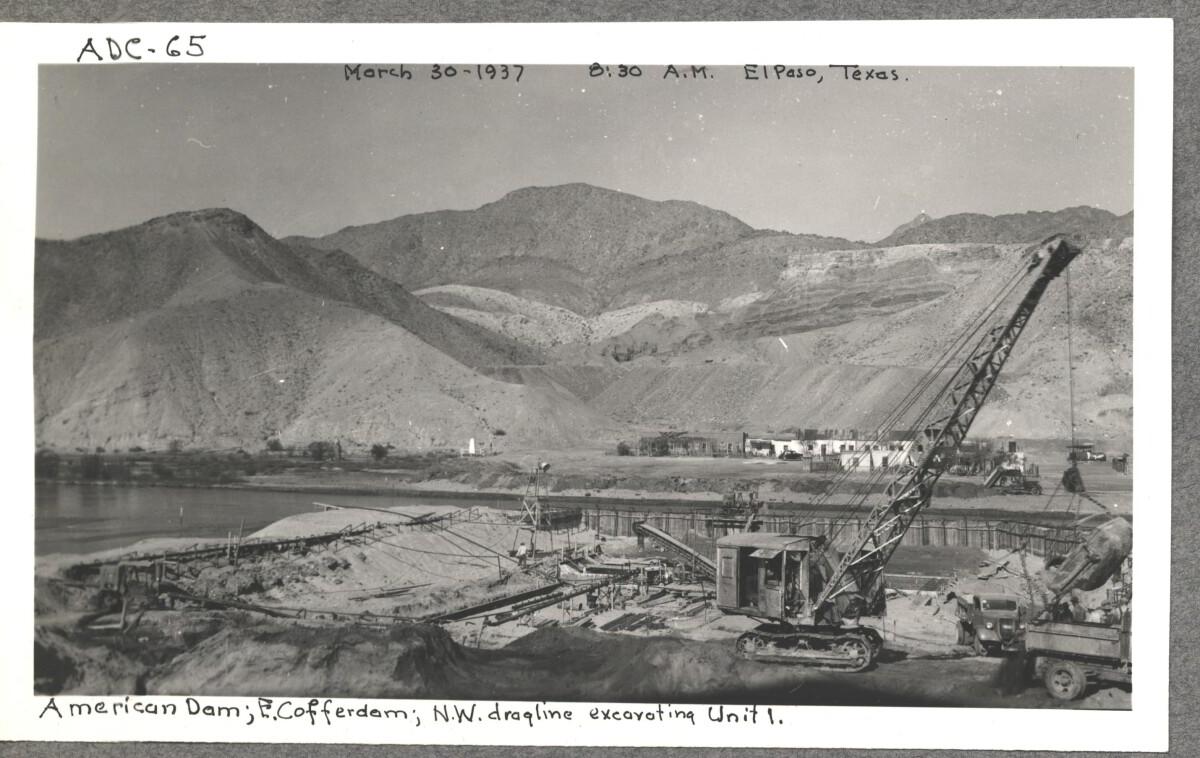
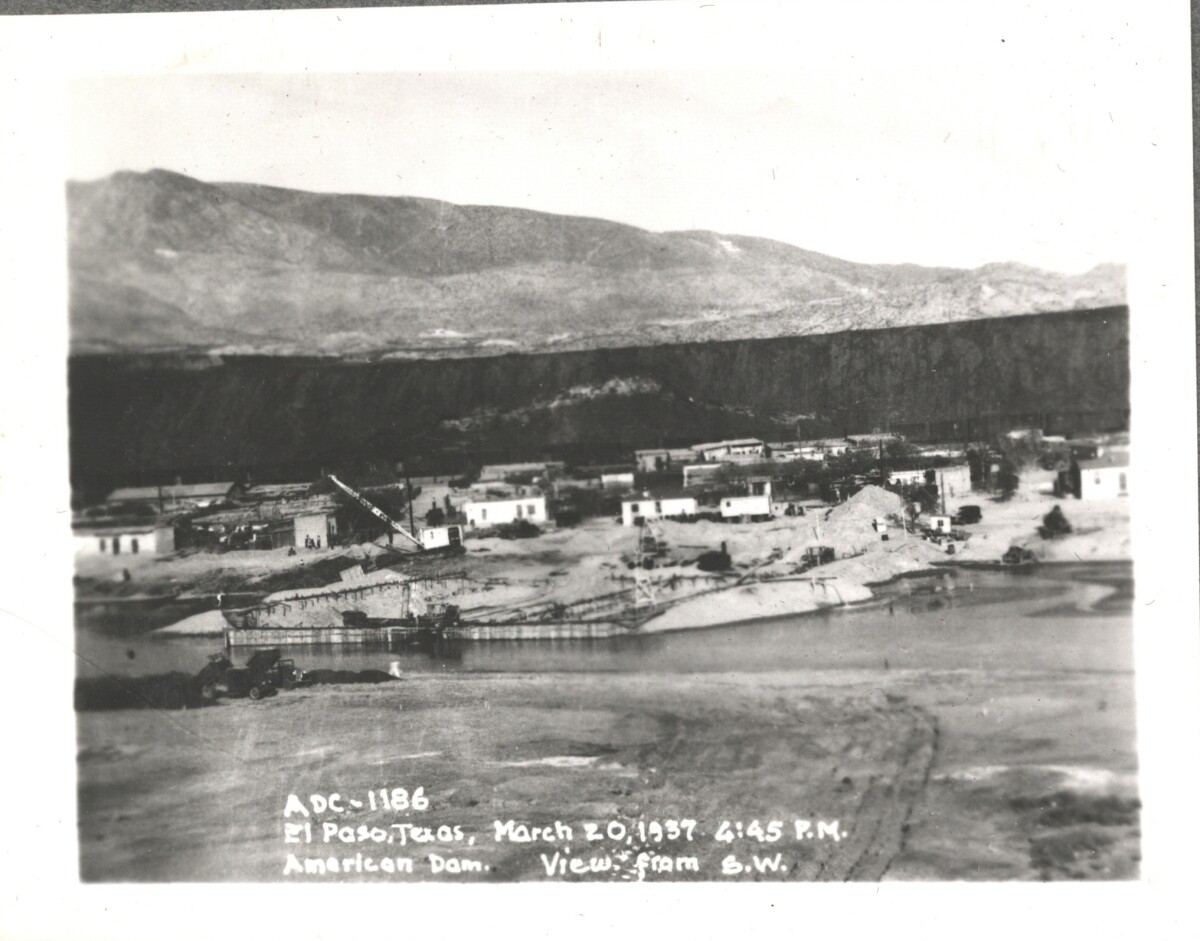
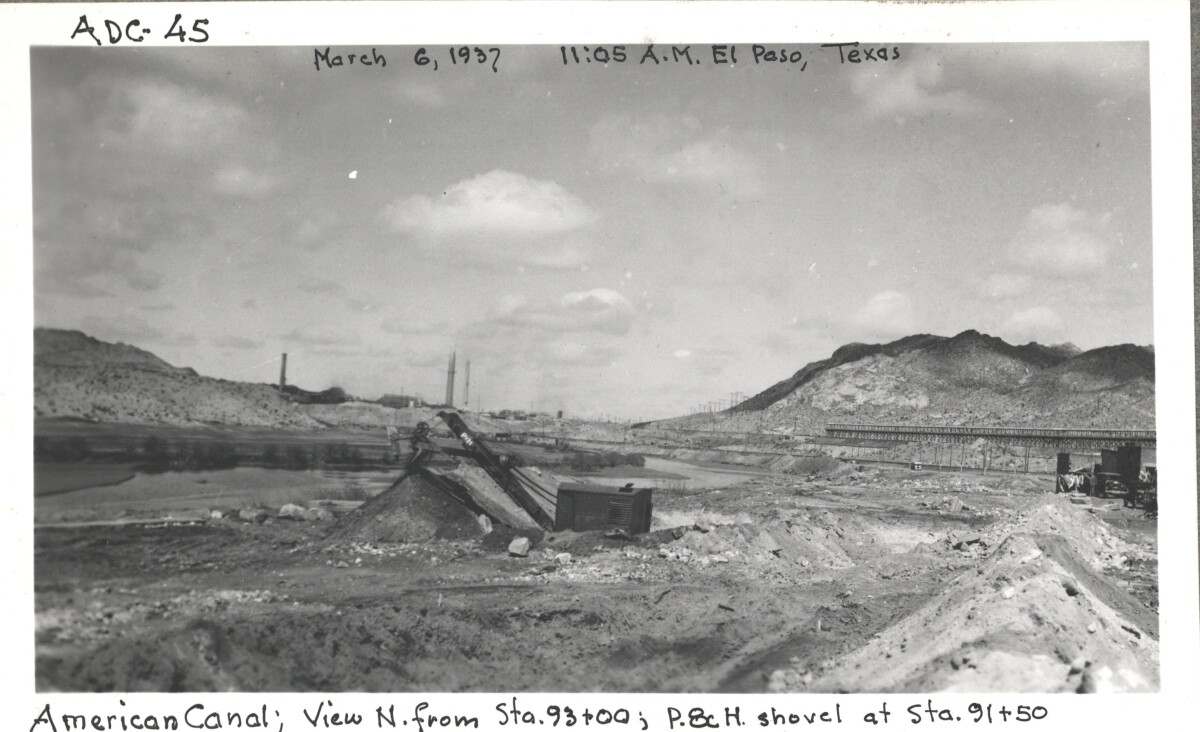
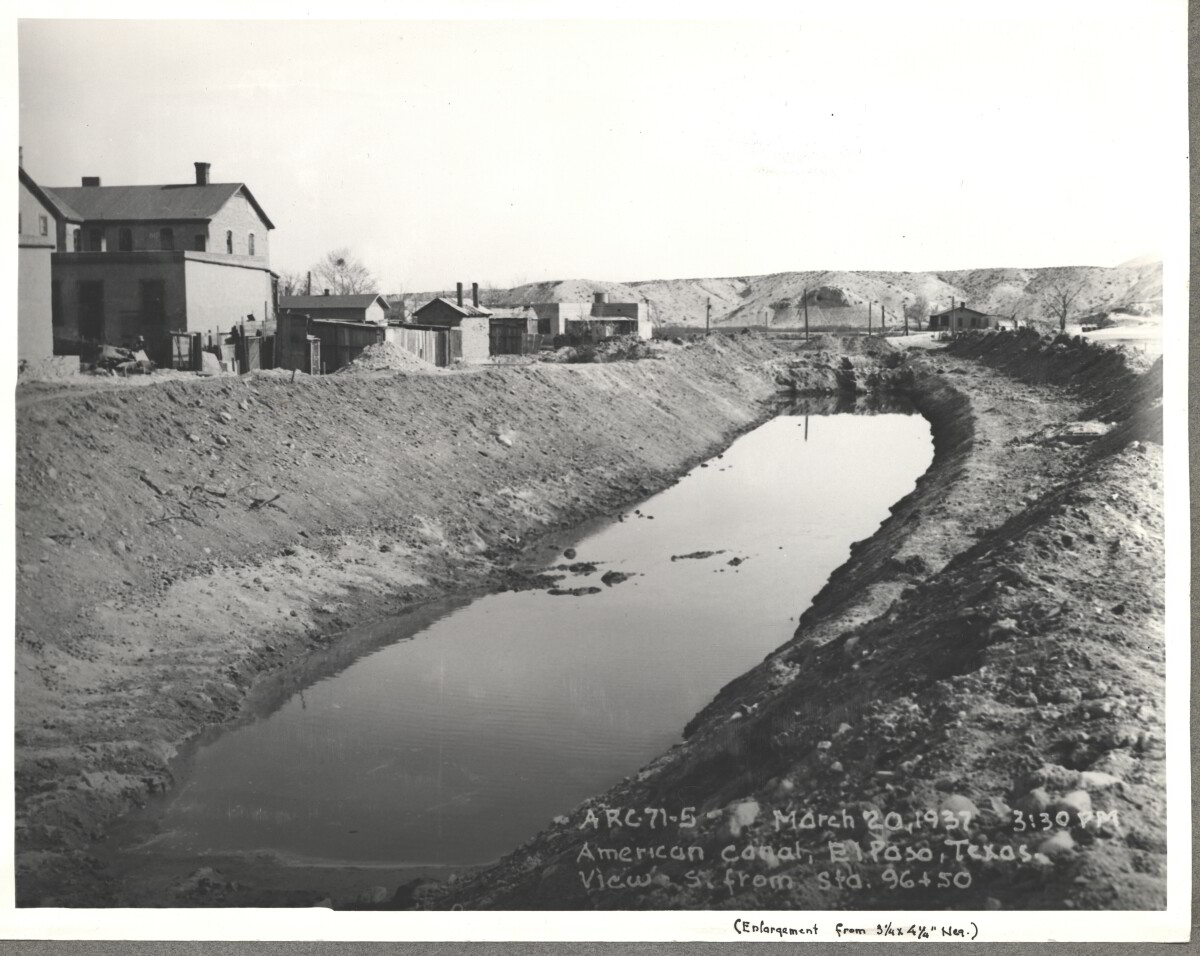
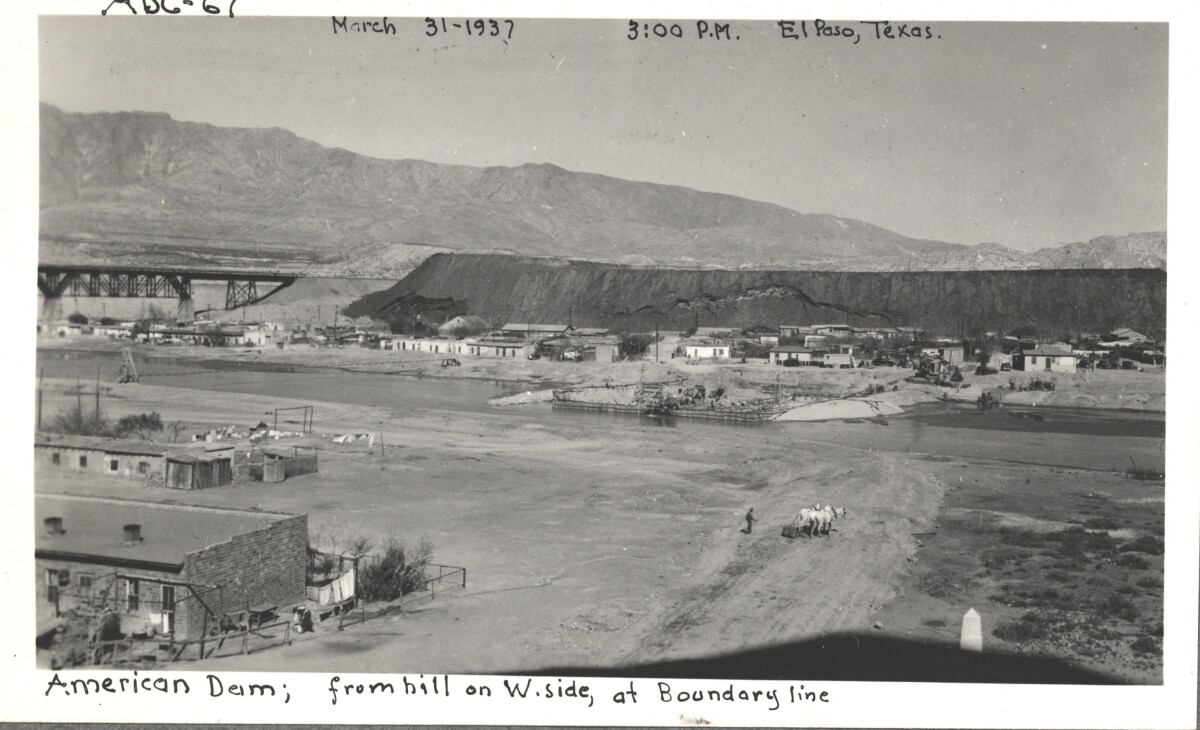
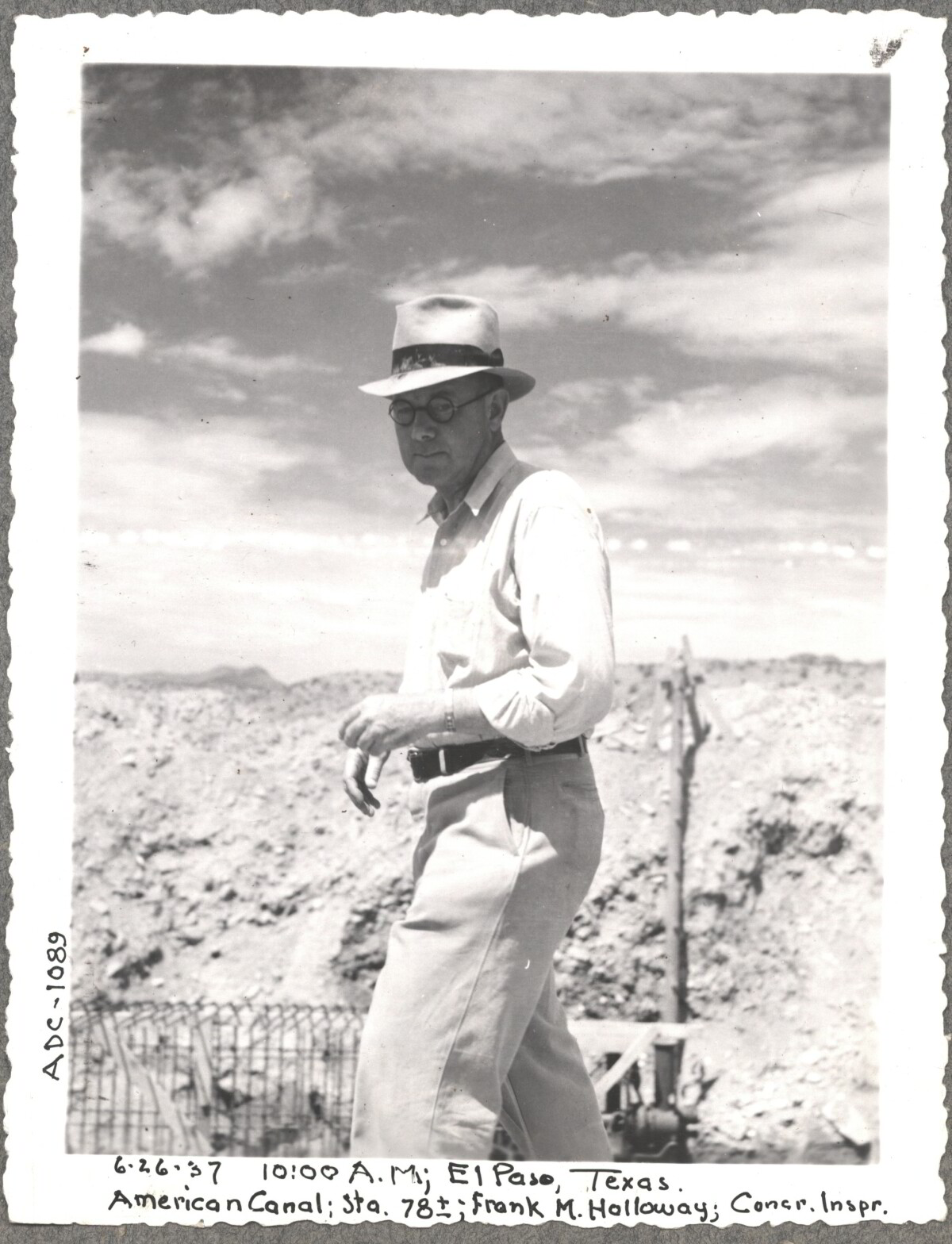
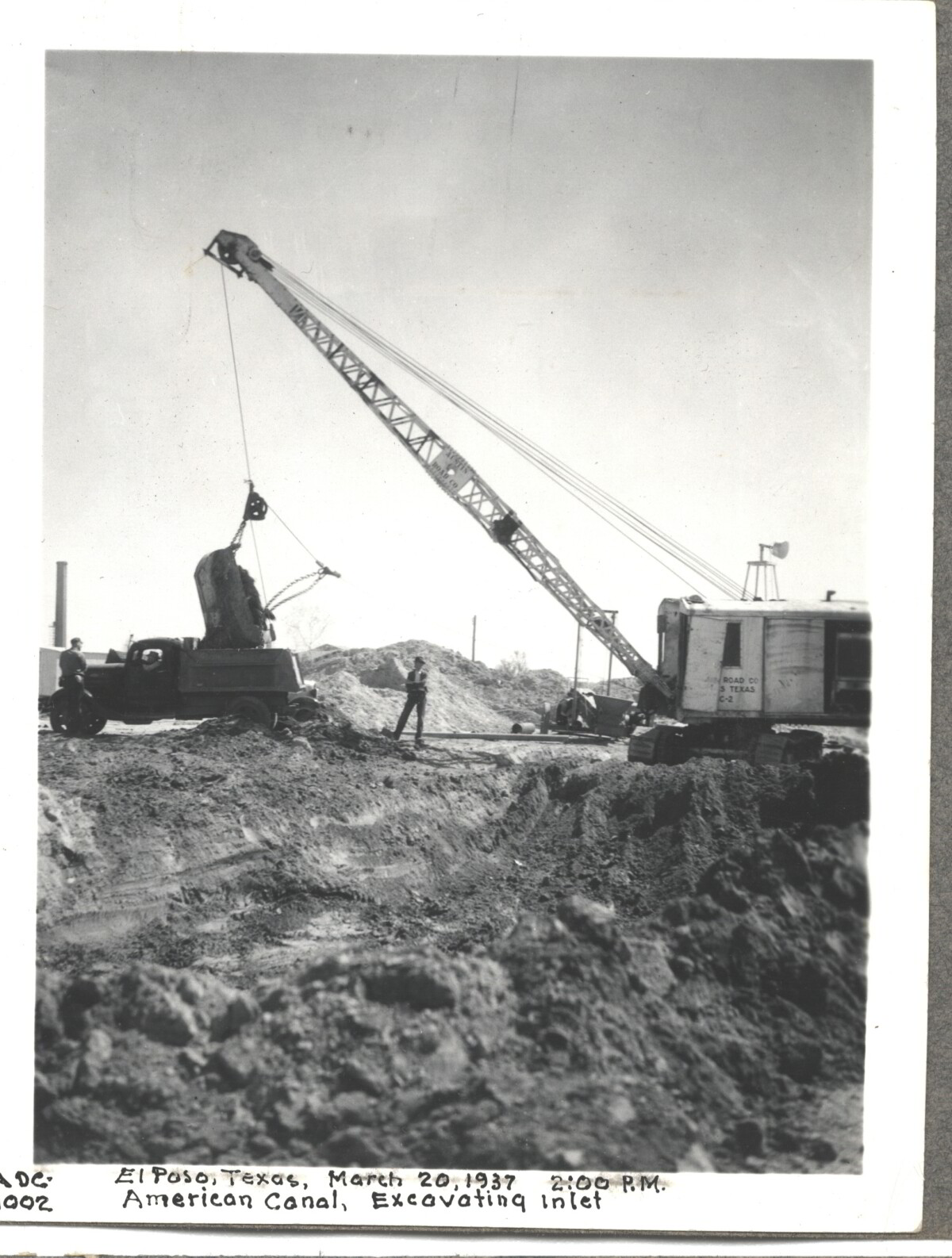
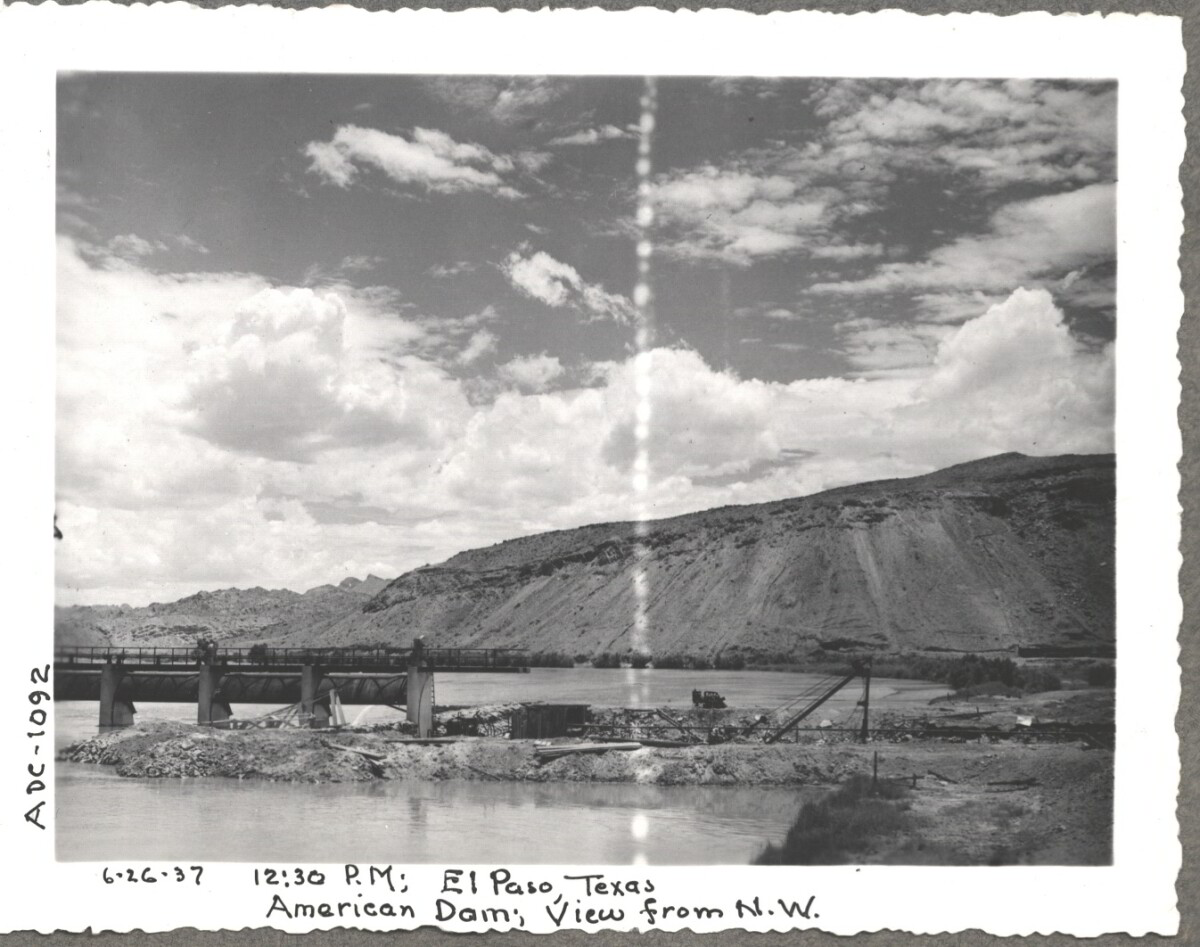
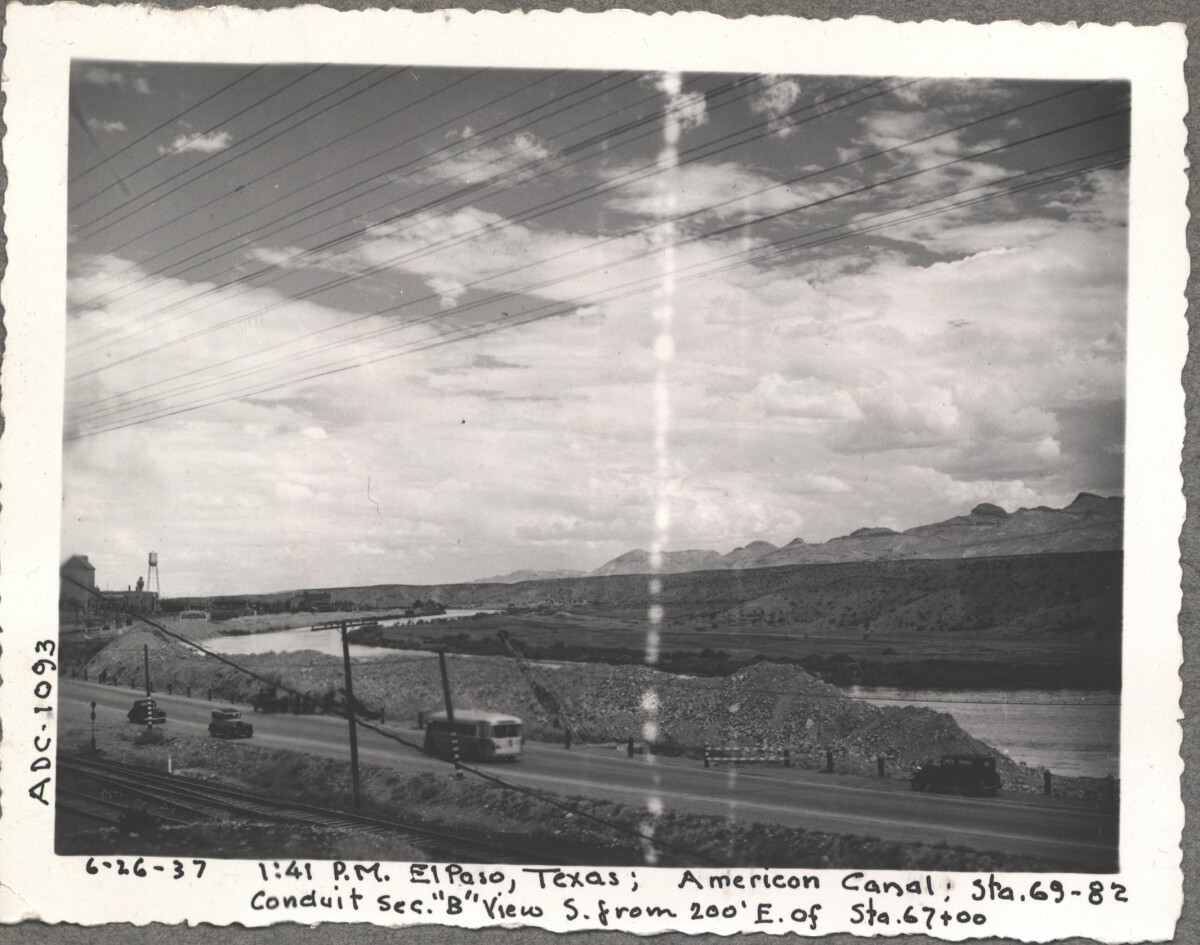



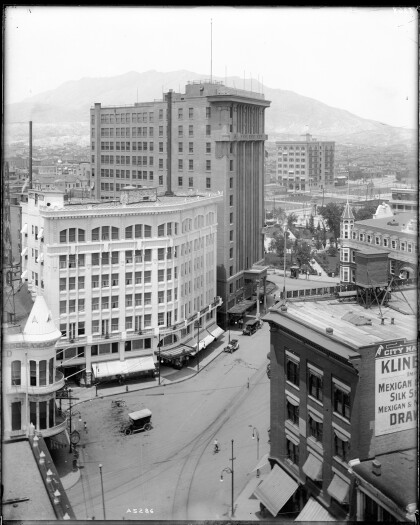
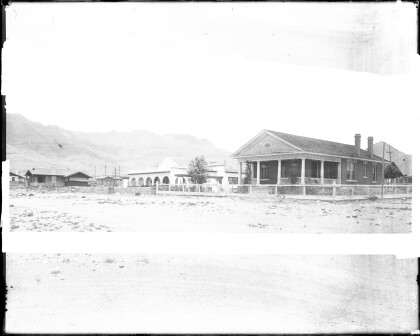

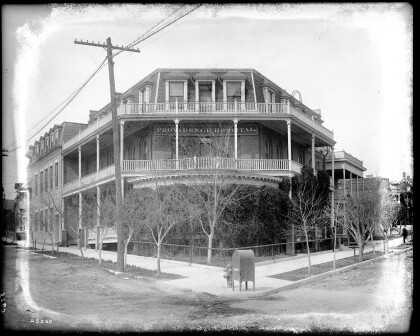

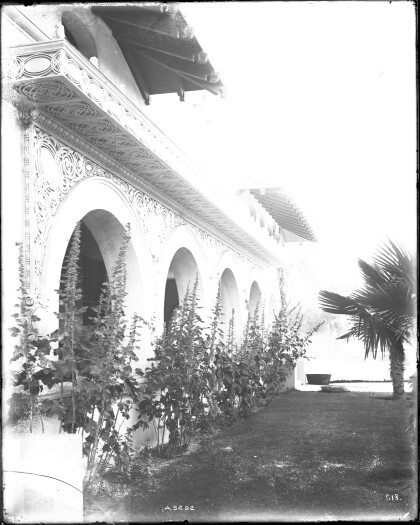
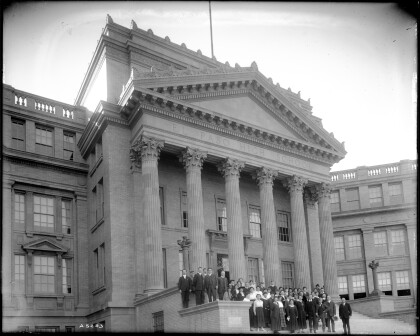

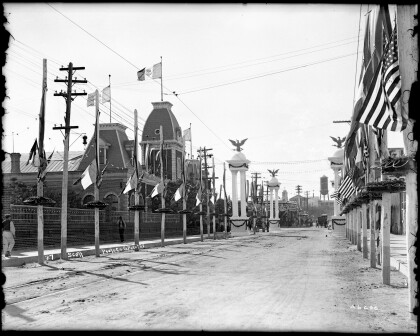
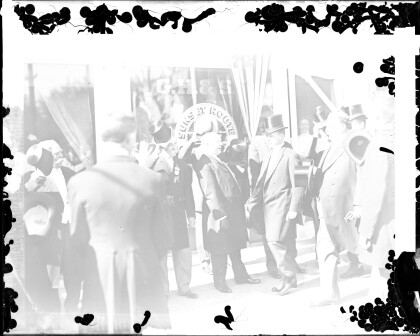


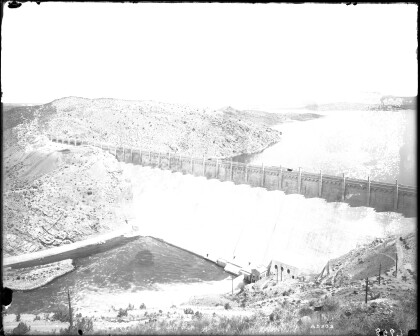
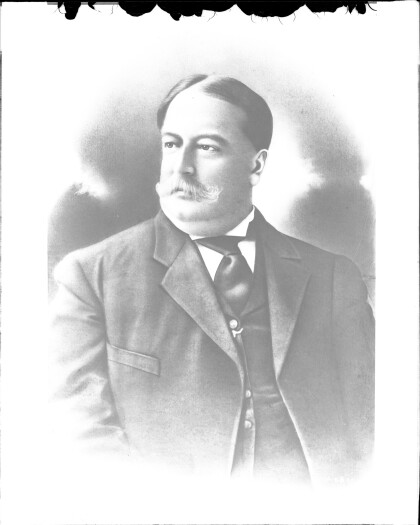
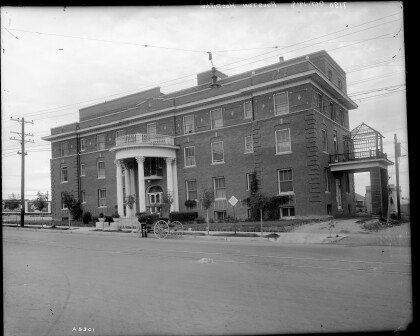
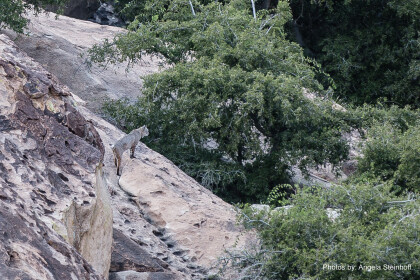
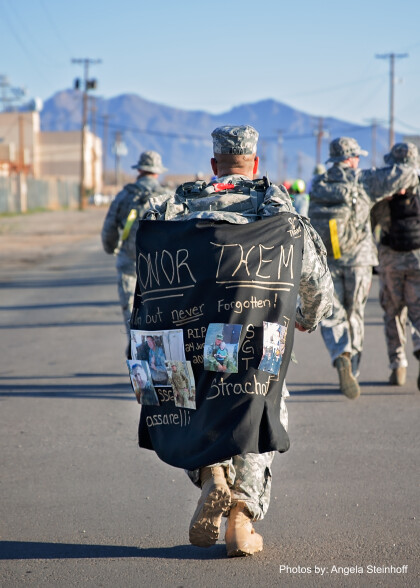

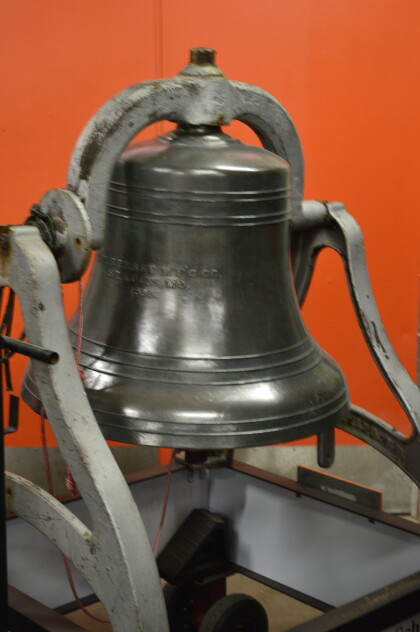
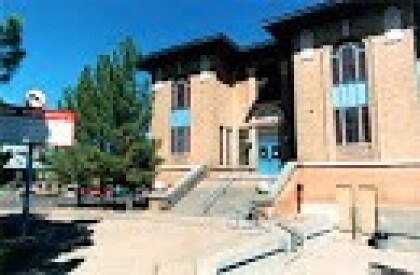
Comentarios
Hacer un comentario